Earlier this year, IDPP Deputy Director Filippo Trevisan published a new journal article in the journal Social Media + Society that discussed the experience of voters with disabilities using social media platforms to keep up with elections and discussing politics with others. 2020 has been a year filled with heartache, swift transitions, and introductions of our “new normal.” One of 2020’s most crucial changes is the increased importance of digital election campaigns. Because of safety precautions, virtual events have become the norm. Campaign teams have become more aggressive on digital platforms in order to convey the message and policies of their candidate. However, how does the increase in digital election campaigns affect the inclusion of the disabled constituency? In his new article, Trevisan dives into research aimed to uncover how digitization affects the disabled community. Through focus groups with voters with a range of disabilities, Trevisan investigated experiences and opinions regarding social media as it relates to digital election campaigns and overall usage in the 2016 election.
Historically, the disabled community has been marginalized when it comes to tactics that campaigns use on digital platforms and election campaigns outreach efforts more generally. Members from the community have expressed a desire to use search engines and social networking sites to get more information on candidates but have been unable to access the information due to the defiance of Americans with Disabilities Act (ADA) guidelines. In 2016, the Clinton-Kane campaign attempted to implement more accessible measures in their digital proceedings and constant effort to mobilize. However, the disabled community still felt that their efforts were unsatisfactory but appreciated, as Trevisan discussed in a previous article in the International Journal of Communication.
Certain social networking platforms, however, have been praised for their inclusive efforts as it relates to campaigns. YouTube has initiated efforts that allow users to customize their user experience. The introduction of this effort was specifically created for people who are disabled. Participants revered that YouTube was an accessible and relevant platform in comparison to others. On YouTube, there are content creators who cater their content specifically to their community. For example, platforms like i-Deaf News and Daily Moth are platforms for the hearing impaired. Those platforms would translate the news into ASL for their viewers to help them make an informed decision on which candidate to vote for. There are other creators who are responsible for content consumed by the disabled, for this reason, YouTube was ranked among the highest in usage by the participants in the study.
Facebook is another SNS that has become a prominent source of election information for the disabled constituency. Although Facebook is a helpful place for the disabled to receive information about the election, the participants also noted that the overwhelming amount of propaganda and negativity on Facebook makes it difficult to receive true information and make an informed decision about a candidate. However, the disabled community is able to build a network of people through Facebook whom they trust to share the candidates' platform points on the disability community. On Facebook, the community joins groups with other disabled members where they discuss issues pertaining to them and mobilize on which candidate they’ll support based on their interaction and support of the community.
In contrast, disabled voters noted Twitter as the most confusing and unhelpful SNS. (Trevisan, 2020) Twitter’s “…interface, amount of content, and pace of posting” is what discourages disabled users from using the platform. There are still some who utilize it but it’s not used as a tool for election information and is more of a leisure activity. The way Twitter’s feed is set up presents too much information at one time. The study noted that an autistic user said, “wading through all of that [content on Twitter] to get to the information that I personally care about can be tough.” The character count on Twitter is also a barrier that the community feels makes it more difficult to use the platform. Because the components of the community can be complex, Twitter’s character count holds the users back from fully explaining their issue to other users. Trevisan found that readers prefer to read the headline and not the entire article which defeats the objective of linking the article to the tweet.
While the digitization of election campaigns adds access to people who would otherwise be unable to attain certain information it also adds another layer of possible marginalization. Social media is a useful tool, but it is a tool that must be used correctly and efficiently to encompass every community that uses it. Through the entire study all the participants noted that even though the platforms are sometimes difficult to use, it is still a useful and helpful tool.
Read the full articles mentioned in this post (both articles are open access):
Trevisan, F. (2020) ‘Do You Want to Be a Well-informed Citizen, or Do You Want to Be Sane?’ Social Media, Disability, and Political Marginality. Social Media + Society, 6(1).
Trevisan, F. (2019) Using the Internet to Mobilize Marginalized Groups: People with Disabilities and Digital Campaign Strategies in the 2016 U.S. Presidential Election, International Journal of Communication, 13.

